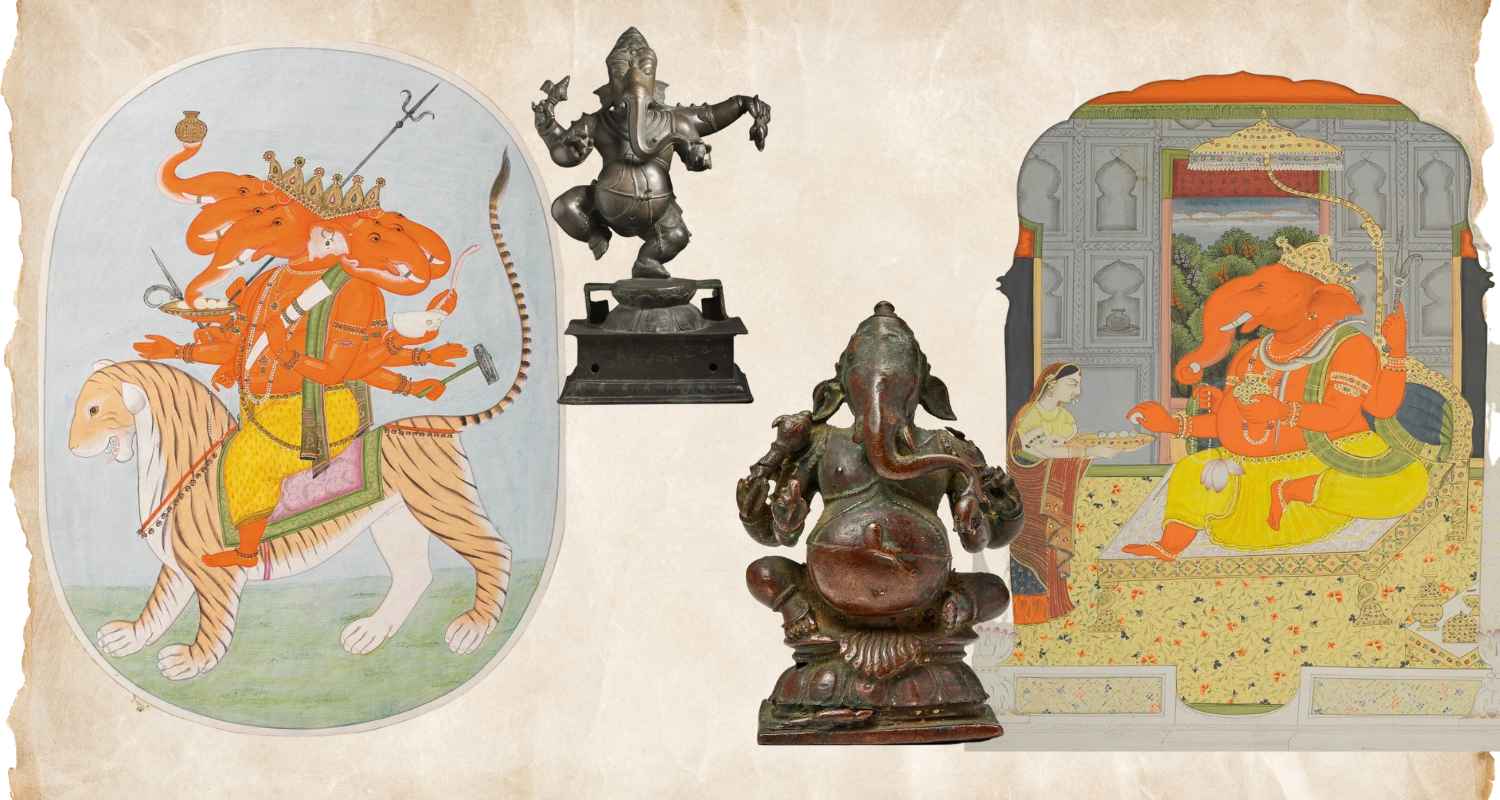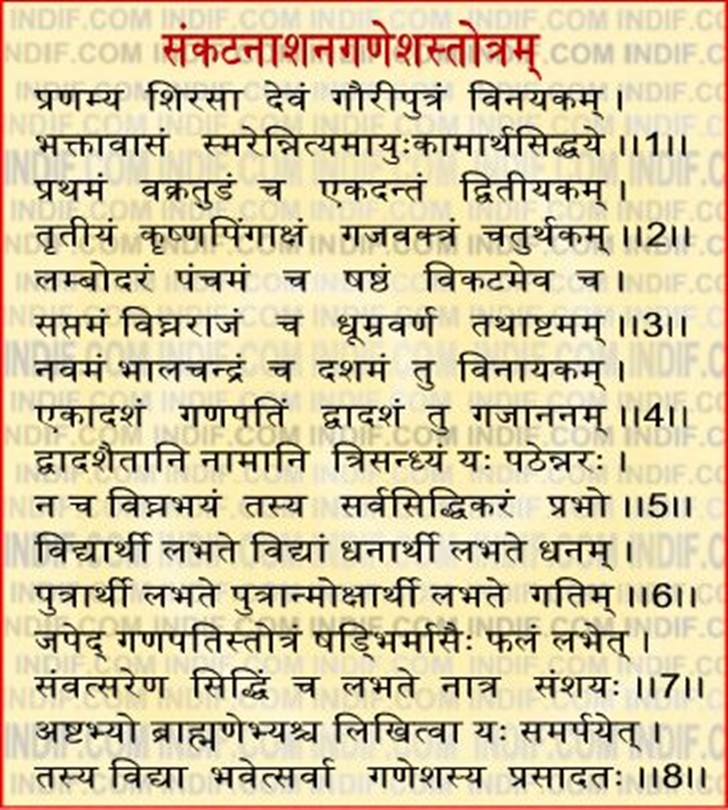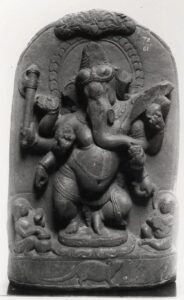From Mythical Birth to Iconic Significance – Exploring the Elephant-Headed Deity’s Legends and Symbolism


–An Article by Poojan Patel


Lord Ganesha, the beloved elephant-headed deity, holds a special place in the hearts of millions across the world. His multifaceted significance, rich symbolism, and captivating legends make him one of the most revered and widely worshiped deities in Hinduism, Buddhism, and Jainism. In this concise feature, we delve into the essence of Lord Ganesha, exploring his origins, iconography, and the profound role he plays in the lives of his devotees.
Origins and Legends
Ganesha’s birth is steeped in captivating mythology. One version tells of how the goddess Parvati while bathing, created Ganesha from oils and ointments mixed with impurities from her body. She brought this figure to life with the sacred waters of the Ganga. In another account, Ganesha is born solely to Parvati, and his origin lies solely with her. Regardless of the narrative, Ganesha is a divine being, born to protect and serve.


The earliest references to Ganesha in ancient texts reveal his association with Brahma, Brahmanaspati, or Brihaspati, and the concept of knowledge. In this context, Ganesha symbolizes wisdom and the Vedas. His name, “Ganapati,” literally translates to “leader of the ganas” or a collective assembly, reflecting his role in guiding and presiding over various aspects of life.
Symbolism and Iconography
Ganesha’s imagery is rich in symbolism, reflecting his multifaceted attributes. Typically, he is depicted with an elephant head and a human body. His iconography can vary, with Ganesha often portrayed with four arms, although renditions with two, six, eight, ten, or even sixteen arms exist.
One of the most prominent symbols associated with Ganesha is his broken tusk. Legend has it that he sacrificed a portion of his tusk to write the Mahabharata as the sage Vyasa dictated it. This act symbolizes Ganesha’s commitment to knowledge and the written word.
Ganesha is often depicted holding various objects, including a conch shell, an axe, a rope or noose, and sometimes a trident. Each item symbolizes different aspects of his power and protection, ensuring the removal of obstacles and the attainment of success.
His posture is equally significant. Ganesha is usually shown with one leg on the ground and the other folded up. This stance represents the balance between worldly duties and spiritual growth, emphasizing the need to harmonize materialistic and spiritual pursuits.
The Direction of His Trunk
The direction in which Ganesha’s trunk faces holds meaning as well. When his trunk faces left, it represents feminine energy and is associated with a calming presence. This form, known as Vastu Ganesh, is often placed in homes to invoke relaxation and peace.
Conversely, when Ganesha’s trunk faces right, it represents masculine energy and is considered more powerful and aggressive. Worshiping this form, known as Dakshinabhimukhi or Siddhi-Vinayak, is believed to yield quick results but requires stricter religious rituals.
The Remover of Obstacles
Ganesha is revered as the “Remover of Obstacles” and the “God of Beginnings.” His role is to protect, bring good luck, and ensure the smooth progress of any endeavor. Devotees invoke his blessings at the beginning of sacred rituals, festivities, and significant life events to ensure success and overcome challenges.
Deriving the Iconography of Ganesha
Historian R. G. Bhandarkar delved into the origins of Ganesha’s worship, challenging the notion that the deity was widely venerated during the Gupta period. According to his research, there is a noticeable absence of mentions in Gupta period inscriptions. Instead, Bhandarkar suggested that the worship of Ganesha likely began much earlier, around the 1st century CE. It emerged as people sought to appease spirits known for causing obstacles in their lives, such as Sala, Usmita, and Devayajana. These troublesome spirits were termed “Vinayakas” and were addressed through various rituals and appeasement practices.
A. G. Rao’s work on Hindu iconography highlights the diversity of mythological stories surrounding Ganesha’s origin. These stories depict Ganesha as the son of Parvati alone, Shiva alone, both Shiva and Parvati, and even as an independently originating deity known as “Swaymbhu-Surya Vinayaka,” a narrative popular in Nepal. These tales showcase the flexibility of Ganesha’s identity, aligning him with the prominent sects of Shiva and Shakti, as well as with the Vaishnavism sect through his association with Krishna.
The iconography of Ganesha has evolved over time, drawing from various sources and mythologies. Some theories suggest that Ganesha’s image was influenced by the Yaksha and Naga divinities, which contributed to his distinctive appearance. His association with different sects of Hinduism, including Shiva and Shakti, demonstrates his adaptability and universality.
From its early origins in terracotta and stone sculptures to its refined and embellished forms in later texts, Ganesha’s image has continuously evolved. The depiction of Ganesha with a pot of sweets, often associated with him today, emerged in early iconography around the 1st century CE.
Ganesha’s popularity extends beyond India, with images and statues found in various Southeast Asian countries. In India, there were once six subdivisions under the Ganapatya sect, each worshiping a different form of Ganesha, highlighting the deity’s diverse manifestations.
In conclusion, Lord Ganesha is more than just a deity; he is a symbol of wisdom, protection, and triumph over obstacles. His multifaceted character and rich iconography reflect the depth of his significance in Hinduism and its associated traditions. Ganesha’s timeless appeal continues to unite people in their pursuit of knowledge, success, and spiritual growth.
Recent Posts
સાંસદોને પગાર વધારાની જરૂર લાગે છે!?
24 ટકાના વધારા પછી લોકોના મનમાં એક જ સવાલ,સાંસદો 5 વર્ષમાં કેવી રીતે કરોડો કમાતા…
આજે વિશ્વ વન દિવસ..જાણો કેમ મહત્વનો છે આજનો દિવસ
દર મીનીટે 36 ફુટબોલ મેદાન જેટલા કુદરતી વનોનો નાશ થઇ રહ્યો છે. ભારતમાં 33%ને બદલે…
વિશ્વ કવિતા દિવસ 2025: કવિતાનું મહત્વ અને સમાજમાં તેની ભૂમિકા
આજે વિશ્વ કવિતા દિવસ છે ત્યારે પ્રેમ હુંફ અને લાગણીઓ સાથે કલ્પનાની દુનિયા ઉમેરાય અને…
ગુજરાત પોલીસનું ઓપરેશન પતાલલોક: ગુંડાઓ સામે કડક કાર્યવાહી
પોલીસનું ઓપરેશન પતાલલોક! ડીજીપીના આદેશ છુટતા બિલમાં સંતાયેલાને બહાર લાવી કાયદાનો ડંડો વીંઝાશે!ગુંડારાજ વધતા પોલીસ…
મસાનમાં ‘ભસ્મ હોળી’ કેમ રમાય છે જાણો?
આ અનોખી પરંપરા અનાદિ કાળથી ચાલતી હોવાનો દાવો.મસાન હોળી વારાણસીના મણિકર્ણિકા ઘાટ પર મનાવવામાં આવી.…
હજુ પણ ગુજરાતમાં જીવે છે અંધશ્રદ્ધા!
અંધશ્રદ્ધાના અંત માટે સ્વૈચ્છિક સંગઠનો અને સરકાર દ્વારા અભિયાનો ચલાવવામાં આવી રહ્યા છે. છતાં સમાજમાંથી…


